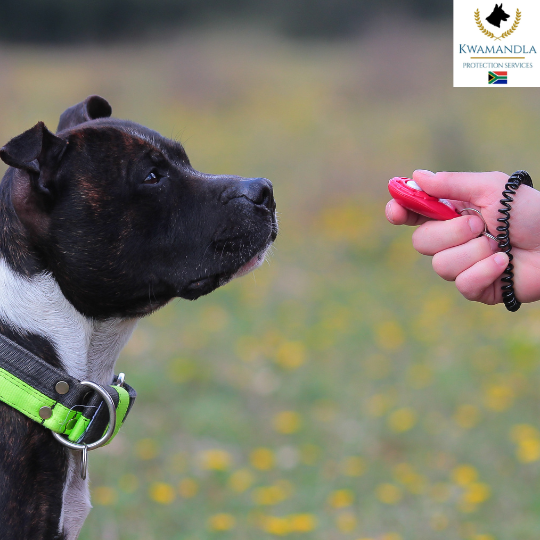Advanced Clicker Training Techniques for Professional K9 Units
Professional K9 teams demand precision, reliability, and adaptability in their training. Clicker training has long been a staple in positive reinforcement, but when it comes to elite working dogs, applying advanced clicker training techniques can elevate performance and responsiveness to new levels.
The Science Behind Precision Timing
One of the keys to successful professional K9 training is impeccable timing. Beyond simply marking behaviors, trainers focus on pinpointing the micro-movements that lead to a desired action. For example, clicking the slightest head turn toward a target or subtle body shifts helps dogs understand exactly what is expected, speeding up complex behavior acquisition.
Building Complex Behavioral Chains
Elite K9 units often require intricate sequences of behaviors performed flawlessly under pressure. By breaking down tasks into small, manageable steps and reinforcing each link with precise clicks, trainers can build reliable behavioral chains. This stepwise approach reduces errors and helps dogs perform complicated routines consistently.
Using Variable Reinforcement to Enhance Focus
While initial training often relies on predictable rewards, more advanced methods incorporate variable reinforcement schedules. By occasionally changing the timing or type of reward, dogs remain highly motivated and attentive. This unpredictability mimics real-world scenarios where rewards are not always guaranteed, preparing professional K9s for operational environments.
Incorporating Environmental and Distraction Training
High-performing K9s must obey commands regardless of distractions. Trainers use clicker training in progressively challenging environments—busy streets, loud machinery, or crowded areas—to maintain focus. Precise clicks paired with reinforcement during distractions help dogs generalize commands across diverse settings.
Fine-Tuning Responses with “Quiet Marking”
A lesser-known technique involves using a silent or “quiet” clicker that emits a very low-volume sound or vibration. This method allows trainers to mark behaviors discreetly during sensitive situations, such as covert operations or noise-sensitive environments, without losing the precision of timing.
Continuous Data-Driven Adjustments
Modern professional K9 trainers track behavioral data meticulously. Recording the timing and frequency of clicks alongside dog responses enables continuous refinement of training protocols. This scientific approach ensures that advanced clicker training techniques remain dynamic and tailored to each dog’s progress.

